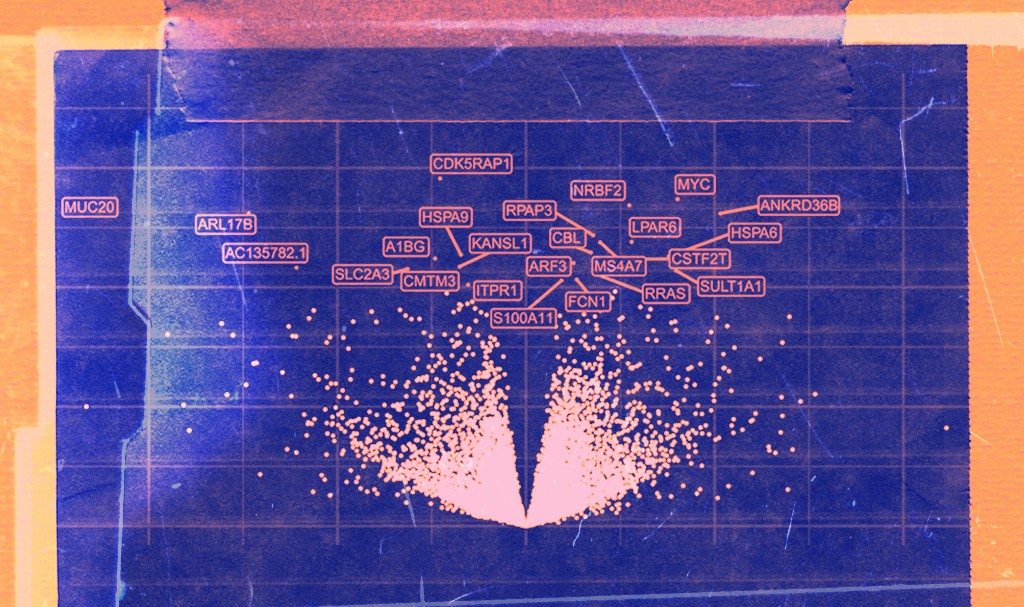AsianScientist (May. 28, 2025) – Scientists from five Asian countries — Singapore, South Korea, Japan, Thailand, and India — have created the world’s first Asian Immune Diversity Atlas (AIDA), a comprehensive single-cell resolution map of immune cells from diverse Asian populations.
Published in Cell, this study could lead to more accurate diagnoses and personalized treatments for Asian populations.
“Creating an immune cell atlas specifically for Asian populations addresses a critical gap in global genomic research,” said Shyam Prabhakar, associate director at the Genome Institute of Singapore (GIS), an institute of the Agency for Science, Technology and Research (A*STAR); and a senior author of the study.
“Human biological diversity—influenced by factors such as age, sex and genetic ancestry—significantly impacts health outcomes, making population-specific reference atlases essential for accurate clinical insights,” he added.
Why it matters
Doctors already use immune cell counts to detect diseases such as tuberculosis and leukemia. With new single-cell genomic tools, scientists can now examine individual immune cells in far greater detail. This helps identify immune patterns linked to diseases like lupus or predict how someone might respond to treatments like immunotherapy.
But most biomedical research so far has focused on European populations. That is where AIDA comes in.
“With most existing cell atlases predominantly focused on European populations, the Asian Immune Diversity Atlas represents an effort to characterize cellular profiles of healthy Asian donors residing in Asia,” said Prabhakar.
“AIDA reveals the healthy immune baseline in Asian populations at an unprecedented resolution, and provides detailed reference ranges for blood immune cells in Asians,” he added.
To create the atlas, researchers analyzed over 1.2 million immune cells from 625 healthy donors across five Asian countries, including Singaporean, Chinese, Malay, and Indian ethnicities. They assessed how factors like ethnicity, age, and sex influenced immune cell proportions and gene expression.
“We were able to examine cells and genes, including those known to be relevant to disease risk, pathogenesis, and diagnostics, at an unprecedented resolution and scale,” said Kock Kian Hong, scientist at A*STAR GIS and first author of the study.
What did they find?
The study found that a person’s self-reported ethnicity affects blood cell levels almost as much as their sex does. It also showed that age and sex influence immune cells differently across Asian ethnic groups. In some cases, cell types and genes were found to be two to eight times more common in certain populations. Such differences could help improve disease diagnostics and health risk assessments.
The researchers also discovered unique molecular features in Asian groups that may help explain why some people are more likely to get certain infections or autoimmune diseases.
For example, Thai donors had lower levels of monocytes, suggesting the need to consider ethnicity when setting medical baselines. Korean donors showed lower levels of regulatory T cells, which may relate to a higher risk of autoimmune diseases. Levels of CD4+ naïve T cells, which are important in conditions like lupus, also varied by age and ethnicity among Koreans, Singaporean Chinese, and Malays. The FCER1A gene was more active in Singaporean Indians compared to Chinese, highlighting genetic differences in immune response. The study also found links between known disease-associated variants from Japanese populations and specific immune cell types, such as a rheumatoid arthritis-linked variant near the HIF1A gene.
These findings show how combining immune profiling with genetic data could pave the way for more precise, population-specific diagnostics and treatments in Asia.
“We anticipate that doctors will be able to use AIDA in building the next generation of blood tests for diagnosing a variety of diseases,” said Prabhakar.
—
Source: Genome Institute of Singapore (GIS) ; Image: A*STAR, Asian Scientist Magazine
The paper can be found at: Asian diversity in human immune cells
Disclaimer: This article does not necessarily reflect the views of AsianScientist or its staff.


